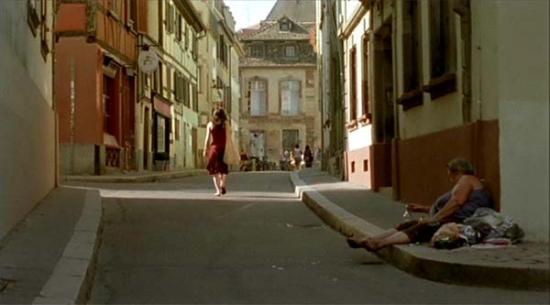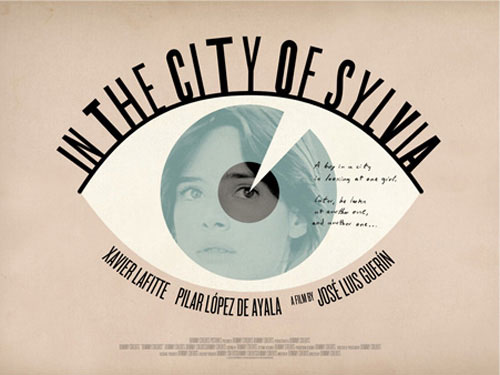This short article was written for the Barcelona newspaper La Vanguardia and published there in Spanish on January 9, 2008. Portabella’s 1970 Vampir-Cuadecuc was written about by James Naremore in the Summer 2008 issue of Film Quarterly as his second favorite film of 2007. And Portabella, who has his own web site, ihas released a sizable DVD box set devoted to his work.
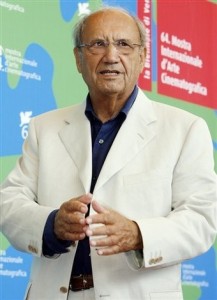
Portabella in the U.S.
by Jonathan Rosenbaum
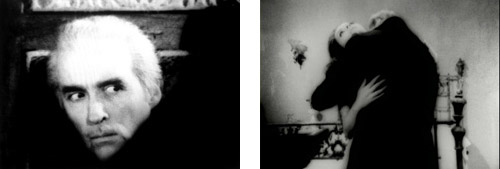
It was over 36 years ago, in Cannes, that I first encountered the singular cinema of Pere Portabella, a revelation that came via his second feature, Vampir-Cuadecuc. Living at the time in Paris, I knew absolutely nothing about Catalan culture under Franco, and had only the film’s sounds, images, and Portabella’s wit in juxtaposing the two as my guides. The only contextual information I had was that Portabella was one of the producers of Luis Buñuel’s Viridiana, and that he couldn’t be present because the Franco government had taken away his passport as punishment for this caprice.
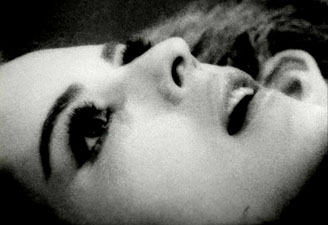
In my festival coverage for the Village Voice, I described Vampir as “the most original movie at the festival and the most sophisticated in its audacious modernism.” A year later, I praised Portabella’s Umbracle [see illustration below] in the same newspaper. Read more
From the March 12, 2008 Chicago Reader:
Relaxing at a friend’s empty country house, a reclusive New York novelist (David Thewlis) is inspired to write a new story and the next morning wakes up alongside a mysterious and seductive graduate student (Irene Jacob) who quickly becomes his muse and lover. Paul Auster, who made his directing debut with Lulu on the Bridge, provides the voice-over narration for this 2007 second feature, which was drawn and expanded from an interpolated story in his own novel, the engrossing Book of Illusions. The sad irony is that his storytelling gifts, Thewlis’s resourcefulness, and Jacob’s beauty only postpone one’s awareness that the material is too literary to work as cinema. The plot becomes increasingly arch (with the arrival of characters played by Michael Imperioli and by Auster’s teenage daughter, Sophie) and self-consciously metaphysical, and mannerism gradually overtakes visual and narrative invention. 94 min.
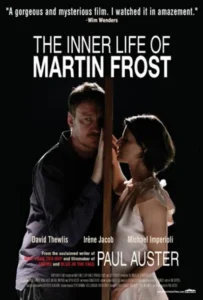 Read more
Read more
From the March 12, 2008 Chicago Reader.
Two hypnotic and haunting 2007 features by Spanish experimental filmmaker Jose Luis Guerin, about the same romantic obsession. (The reference points are W.G. Sebald’s novel Vertigo and Alfred Hitchcock’s film of the same title.) The silent Some Photos in the City of Sylvia (65 min.) uses black-and-white stills with English intertitles to recount an unseen artist’s return to Strasbourg to search for a young woman he met briefly 22 years earlier while making a Goethe-related literary pilgrimage. The far more elliptical In the City of Sylvia (84 min.) tells the same story with color, carefully articulated sound, and minimal, subtitled French dialogue; in this film the artist returns only six years after his pilgrimage. Both works are mysterious, beautiful, and primal. It’s a pity the first, an intimate study and scenario for the second, is being shown after only one screening of its more languid successor.
Read more





